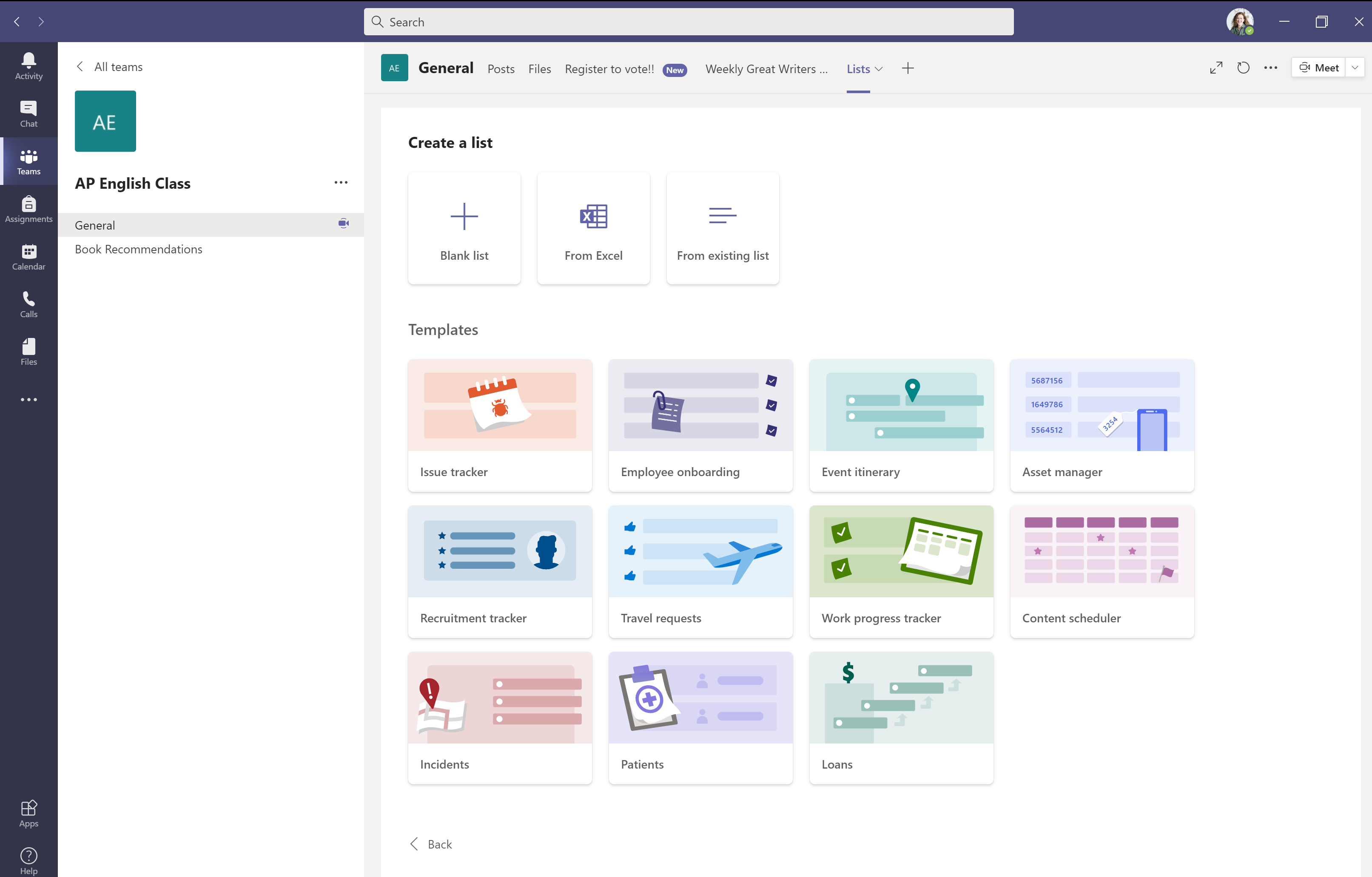When Holy Names Academy in Seattle began preparing for remote learning, the goal was to ensure that faculty and students at the all-girls private high school were ready for any situation that might arise.
The school had a bit of a head start. As far back as 15 years ago, it was planning for the possibility of teaching from afar using SharePoint, a tool that can help educational institutions organize and share information. Since then, technology has evolved and now additional tools, such as the digital note-taking app OneNote and the collaboration and communication hub Microsoft Teams, support teaching and learning at Holy Names.
“I don’t think anybody ever thought it would happen,” said Darren Brinner, the school’s Director of IT. “Fortunately, Teams fit everything we thought we needed.” The school increased its training for teachers on the use of Teams in February, just in case the campus had to close.
While teachers and administrators supported using programs like OneNote and, more recently, Teams, it was the students’ enthusiasm for the tools that drove change and helped foster student-centered learning.
“I think that our faculty bought into OneNote pretty quickly and part of that was student-driven. As teachers started to use OneNote more, the kids were like, ‘This is so intuitive. This is so awesome,’” said Sean Harris-Campf, chair of the school’s technology committee and a social studies teacher.
Importantly, the quality of core instruction has remained high during remote learning at Holy Names. “It’s not filler. They’re still getting an education. Our teachers are putting in the work and the effort to provide that,” Darren said.
And while the shift to remote instruction has created more physical distance between faculty and students, the school community has even been using technology to retain a sense of closeness. With Teams, Sean says he can set up small groups and devote attention to them, just as he would under typical circumstances. “We’re having these small-group discussions where I can give them a topic, and they can each go into a meeting and have six concurrent video meetings going on,” he said. “I can jump into each of them for a couple of minutes and listen.”
He says students have been engaging in deep conversations, and remote learning is empowering student voices in new ways. “Students that are pretty quiet, that tend not to talk in large group discussions, had fantastic things to say in the text-based conversation because they had a lot more space to think and process,” Sean said, referring to the Teams chat feature that allows users to communicate through text-based conversations in real time. “That’s one of the things that I see as potentially changing the way we think about where students are. Maybe it’s not a one-size-fits-all solution.”
There are other ways in which technology helped foster social connections between students, says Marianne McGah, theology department chair at the school. She noted class attendance was even stronger throughout remote learning. “Some of it’s the convenience and some of it’s that the rest of their world is falling apart. Seeing their friends and teachers is some stability when the world is crazy,” Marianne said.
For the annual senior retreat, the school community created a PowerPoint presentation to make each student feel appreciated and connected to her peers—even though the event was held virtually. Students submitted kind words to describe each of their classmates, and these were included in the presentation along with each student’s freshman and senior pictures. Similar uses of technology animated digital versions of Class Day, an annual salute to the senior class, as well as a virtual Class of 2020 graduation—complete with a joyous video montage of seniors performing the traditional graduation cap toss on their front porches or in their backyards.
Darren said that the virtual celebrations reflected the character of the school. “It’s the spirit of community,” he said. “It is what this place is built on.”
Microsoft Education is committed to providing resources that build confidence in remote learning. Visit our online resource for more tools, training, and tips to help reimagine education and inspire success.




